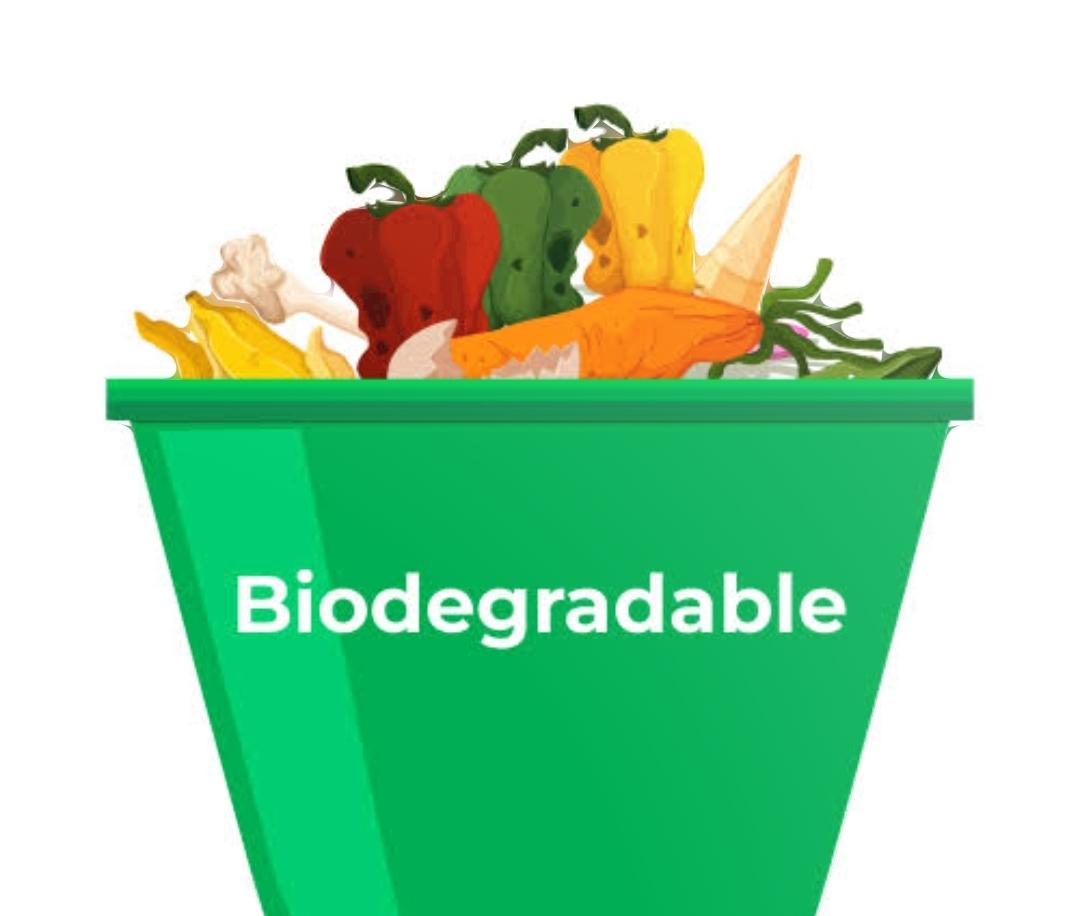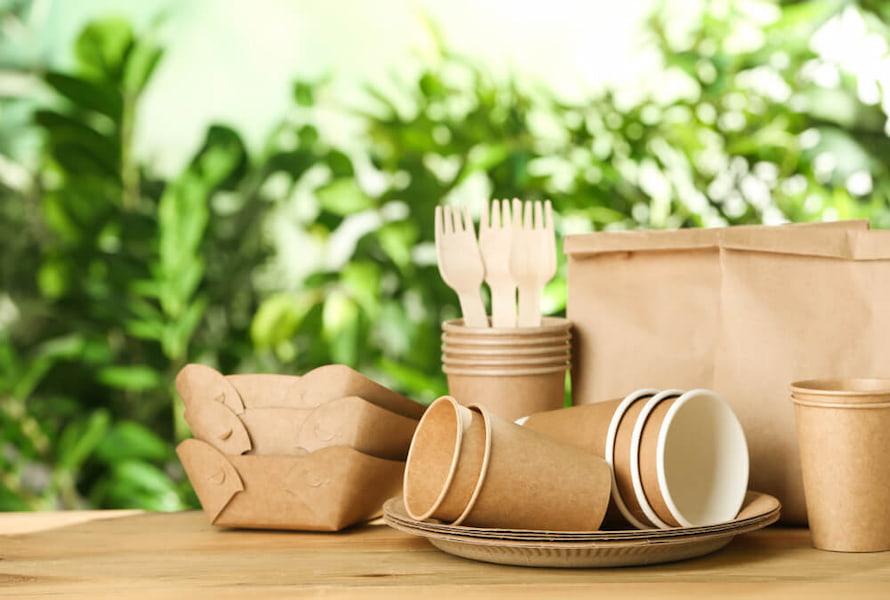If you’re researching eco-friendly products, you’ve likely come across the term “biodegradable” many times. This is one of the key criteria used to assess whether a product is truly environmentally friendly. In the following article, we’ll delve deeper into the term “biodegradable.”
Definition of biodegradable

Biodegradable, also known as biological decomposition, refers to a type of material that can decompose in the natural environment when exposed to microorganisms such as bacteria, fungi, or algae. This process breaks down and converts the material into water, CO2, and minerals that are harmless to the environment. This is in stark contrast to plastic materials, which always leave behind microplastics or toxic substances after decomposition.
How does biodegradation occur?
Conditions for biodegradation
Since each type of biodegradable material has unique properties and structures, the decomposition process is not entirely the same. However, the process always revolves around four main conditions:
_ Moisture: Water is the transport medium between microorganisms and cells to deliver nutrients and enzymes within the material. Therefore, moisture is essential for the efficient circulation of microbial activity.
_ Oxygen: A moderate amount of oxygen (not less than 10%) can produce CO2 and water during the biological decomposition process. However, without oxygen, this process will produce methane CH4, which causes the greenhouse effect.
_ Temperature: The hotter the temperature, the faster the biological decomposition occurs. In addition, there are some materials that can only decompose at a certain temperature.
_ pH and nutrients: pH (acidity and alkalinity) and nutrients directly affect the living environment of microorganisms—the primary agents behind biodegradation—and thus also influence the rate of this process.
How long does biological decomposition take?
Since the rate of biodegradation depends heavily on environmental conditions, if we can create an ideal environment for microorganisms to thrive, the process may take only a few months. However, under unfavorable conditions, biodegradation will still occur but may take many times longer, even up to several decades.
Process operation
Gravitational force attracts microorganisms
Biodegradable materials are designed to serve as a potential food source (providing carbon and energy) for microbial growth. When microorganisms recognize this, they are attracted to the surface of the biodegradable material, begin to multiply, and form a biofilm.
Enzyme production for degradation
Once a biofilm is formed, microorganisms secrete specific enzymes. These enzymes act to break down complex polymer bonds, gradually eroding and decomposing the biodegradable material. Meanwhile, plastic products are not designed to be “friendly” to microorganisms, so they cannot easily break down the polymer bonds in the product, leading to these products taking hundreds of years to decompose.
Fragmentation and Assimilation
When the polymer bonds are broken, the material gradually decomposes into smaller pieces, which we call fragmentation. Next, depending on the material, microorganisms will continue to produce oxidizing enzymes to break down these small pieces, turning them into organic substances such as carbon and energy.
Are biodegradable products environmentally friendly?
The answer is yes, because biodegradable products break down into biomass components, water, and CO2. These are all components that can be used to nourish plants and soil. Additionally, these products can decompose rapidly under ideal conditions without leaving behind microplastics—a dangerous agent for both humans and ecosystems. Therefore, people are increasingly using biodegradable products instead of plastic ones, ensuring both health safety and minimizing negative impacts on the environment.

Common biodegradable products
Biodegradable bags
One of the most common biodegradable products is the biodegradable bag. These bags are made from paper, biodegradable plastics (PHA, PLA), or natural materials, enabling them to fully decompose in the environment and reduce plastic bag waste. Today, biodegradable bags are increasingly used in stores and by major brands, marking an important step forward in environmental protection efforts.
Biodegradable straws
The food and beverage industry is one of the sectors with relatively high levels of single-use plastic waste. Using biodegradable straws made from bamboo, sugarcane, rice, etc., is an effective measure to address this issue to some extent due to their environmental friendliness.
Biodegradable food containers
In addition to plastic straws, there are also biodegradable food containers, such as cups, bowls, boxes, etc., made from sugarcane bagasse, coffee grounds, corn starch, PLA, etc. These products are not only environmentally friendly and ensure human health, but also retain necessary features such as good heat resistance and high durability.
Conclusion
Biodegradation and biodegradable products are contributing to protecting ecosystems and creating a more sustainable future. So, if you want to live green and contribute to protecting the environment, try biodegradable products today.
